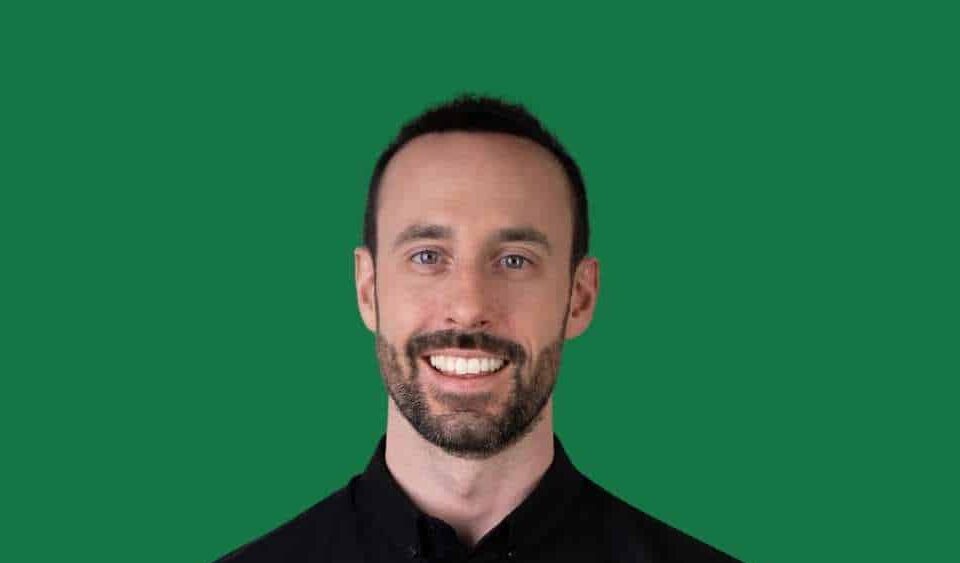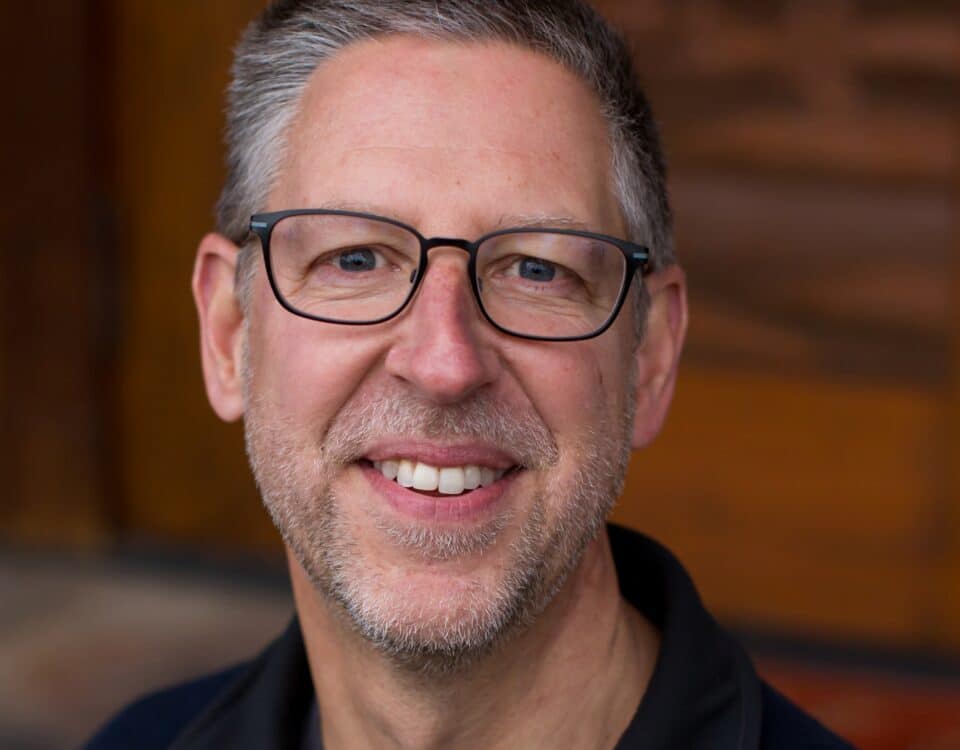SpaceX is about to add spacewalking to its arsenal
August 23, 2024Tom Brady on the art of leading teammates
September 25, 2024By Verne Harnish
Saglo Companies started as a mom-and-pop operation when Saul Glottmann, a manufacturing veteran, moved his family from Bogota, Colombia, and began his career in commercial real estate. He purchased his first shopping center for around $350,000 in 1976 and built a few additional shopping centers in the 1980s. “At the time, it was just my dad developing and operating a few shopping centers, and my mom collecting the rent,” recalls his son Jack.
That family business, Saglo Companies, is now scaling up. Jack, who joined the Miami-based company in 1998, took the helm when Saul passed away in 2005 and is now CEO, working closely with Hue Chen, a leasing expert, who joined the team in 2012 and is president.
The company’s focus is acquiring community shopping centers with growth potential and strong fundamentals and increasing their value through strategic initiatives customized for each property. Once Saglo acquires a property, it typically brings in other investors to recapitalize it, with Saglo holding the largest proportion of equity at greater than 20%.
As an example, Saglo’s 2021 fund was $40 million, of which Saglo-affiliated entities invested 25% of the equity and 80 friends-and-family investors made up the remaining 75%. That fund acquired six shopping centers totaling $72.1 million in purchase price and is valued at more than $100 million today. “A huge testament to the satisfaction of our current investors is that more than half of the investors in our 2021 fund were new, referred to us by our existing investors,” says Jack. The number of those investors is a key performance indicator (KPI) that the company tracks closely.
In the past decade, Saglo has expanded to 23 neighborhood and community shopping centers, growing its portfolio by an average rate of 30% of a year over the past decade. It has raised more than $101 million in private equity from 150 investors.
Using the Scaling Up platform has helped position the company for growth. Jack became familiar with Scaling Up after attending presentation I gave in Miami Beach several years back. About two years ago, Saglo hired Scaling Up Certified Coach Jennifer Berkowitz at R & J Advisory Group, a fellow member of Entrepreneurs’ Organization recommended by a vendor, to help the Saglo team put the systems in place to scale and transform its culture and processes.
Prioritizing culture
Getting the right people in the right seats on the bus was a key priority for the leadership team. To support the company’s growth, Saglo has hired a Head of People, created an Asset Management position it filled through the promotion of an existing employee and replaced several key leadership positions. The Head of People ushered in new hiring practices to make sure new hires are aligned with the company’s core values, implemented systems to enhance its performance review process and introduced monthly surveys to track and maximize employee satisfaction.
In recent months, Saglo has placed a strong emphasis on building its culture through initiatives like weekly “Munch and Mingle” lunch events and educational sessions such as “Lunch-and-Learn.” “We’ve created a cohesive team, and morale is at an all-time high,” says Jack.
Jack attributes much of the company’s success to the leadership team, which has been instrumental in executing on the firm’s strategic vision. “Our team’s ability to adapt, innovate and work together has been the backbone of Saglo’s growth,’ says Jack. This, in turn, has allowed him and Chen the freedom to focus on higher-level strategy and pursue new opportunities for growth.
As the company started to position itself for the next phase of growth, its leaders had to make some tough decisions to truly scale. They reduced their 38-person team to 26 people and then rebuilt it to 30 people. During that period, there was a total attrition of 18 employees. The firm’s focus on recruiting A players has added to its strategic capabilities and helped it to execute on the firm’s flywheel.
Setting a bold strategy
Working closely with Berkowitz, Saglo’s team has set a Big Hairy Audacious Goal (BHAG) of generating more than $5 million over the next 10 years for the benefit of its employees. It is doing so through the Saglo Team Earning A Lot of Money (STEAM), a profit-sharing model designed to tie together employee interests with the performance of Saglo’s investments.
The STEAM model is based on a flywheel of acquiring great properties, hiring the right people, maximizing leasing operations, attracting great tenants, growing net operating income and attracting capital. Market conditions have not been favorable for acquisitions and put some competitors underwater with their purchase values. In this environment, Saglo has positioned itself for growth by strengthening and building its internal team while selectively acquiring one shopping center, selling two older centers, leasing some vacancies and increasing rents at its existing properties.
“We’ve always been very disciplined about how we acquire properties to make sure we don’t regret purchasing a property which does not perform as projected,” says Jack. “Although we invest substantial capital and have a lot of skin in the game, the last thing we want to do is purchase a property that will negatively impact our investors.”
Staying focused on execution
To stay aligned, the company’s Scaling Up team and all departments hold their own daily huddles. The leadership team holds weekly, monthly and quarterly meetings with Berkowitz and had its first annual offsite retreat in February 2023. By using a Slack channel, Saglo has reduced unnecessary meetings but still ensured that team members have the information they need to complete projects, like a recent website redesign.
Another key change was increasing communication throughout the company. There are monthly town halls and weekly asset management meetings. The company also introduced new dashboards for cash management, asset management, KPIs and vacancies.
Saglo is also documenting its best practices and standard operating procedures for every job in the company. “It takes a long time, but once completed, each employee will have access to a playbook which will help her or him do their job,” says Jack.
Keeping cash-flow healthy
Saglo has historically had a very conservative approach to handling cash and taking on debt, which has been helpful as it scaled up. “We’ve always had plenty of cash and liquidity and been in a great financial position,” says Chen. “We’ve never had an issue with any lender.”
This approach has allowed the company to reinvest its earnings in new properties and served its investors well. The first 8% of returns per year, known as the preferred return, go to investors. If there is cash flow greater than the preferred return, then 75% of the overage also goes to the investor, and 25% goes to the manager as carried interest. A portion of this carried interest is what Saglo affectionately calls STEAM, correlating to the excess heat generated by a steam engine.
“To be able to achieve our strategy, we need to make sure we have our core customers—our investors—coinvest with us and help us with the capital we need for our future growth,” says Chen. “We need to have investors who trust us.”
To strongly align the entire Saglo team to out-perform and get everyone excited about STEAM, a portion of the carried interest will be shared with them starting with the next fund. But the benefits of implementing Scaling Up transcend financial returns. Bringing structure to the company has resulted in something just as important: sustainability.
“The last couple of years, it started to feel like being in a really fast race car where the screws aren’t in place, and the rear-view mirror is starting to rattle—and we wondered, ‘Are the wheels going to fall off?’” says Chen.
That’s no longer a concern, and the team can focus more intently on its goals, like hitting the ambitious BHAG it set.




